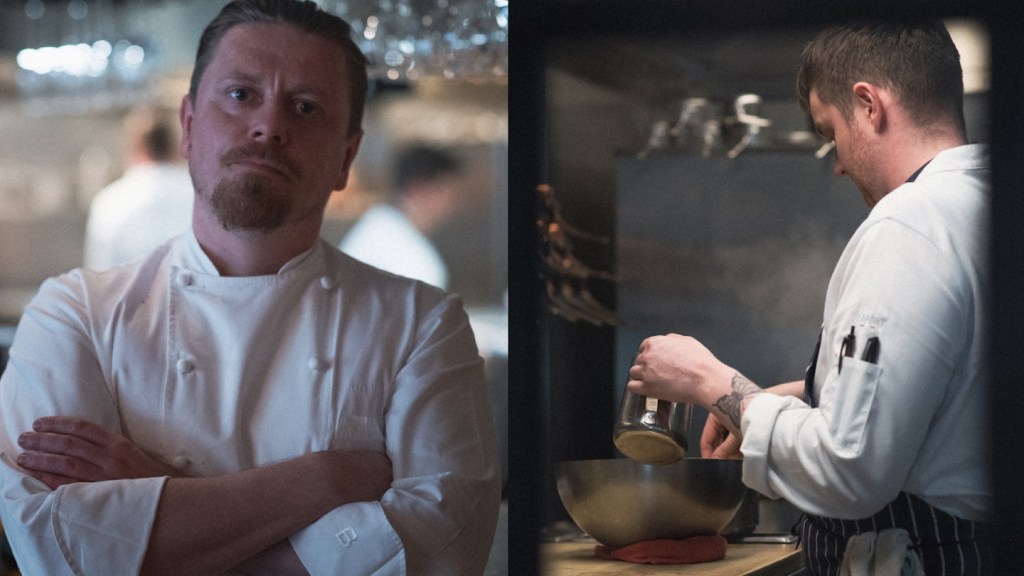A version of this article originally appeared on MUNCHIES Italy.
Hamed Ahmadi had slightly different plans when he first arrived in Italy in 2006, and flourishing in the restaurant industry wasn’t among them. He was a member of a team of three people who’d come to the city to present a movie at the Venice Film Festival: Maama, Buddha, The Girl and the Water, directed by Afghan director Mohammad Haidari. At 25 years old, he mainly had cinema in mind, and was a member of a small production house called Kabul Film (along with the actor and director Razi Mohebi, who’s also been living in Italy’s Trentino region for some time).
Videos by VICE
The news that arrived from Afghanistan, however, changed everything. “We started to receive threats for our work. As soon as that happened, I requested asylum in Italy,” Ahmadi recalls. “In 2006, the [migrant] situation was a little less complicated. There weren’t as many people arriving at that time. Also, I had a well-documented reason. And in the space of three months, I obtained refugee status. I immediately went to [live in] a welcome center. There, I was fortunate enough to have a place with a bed for eight months. That period coincided with the arrival of many unaccompanied minors here in Venice, especially from Afghanistan. The city was looking for a someone to serve as a linguistic and cultural mediator, and they entrusted me with the role. I started to work with kids in the same welcome center, in Tessera.” The story of Zaher Rezai dates back to these years. He was a 13-year-old boy who died in 2008 while hiding under a truck, a few kilometers shy from arriving in Venice, and the city dedicated a forest to him in Mestre.
“In addition to being the mediator, I was also the organizer,” Ahmadi continues. “We found ourselves in a large, very beautiful, green space, but we were very isolated from the city. So we decided to organize [a] festival to try to attract people. In order to figure out how to organize [one], we gathered some teenagers—there were around 40—from Afghanistan, Iran, and Turkey.”
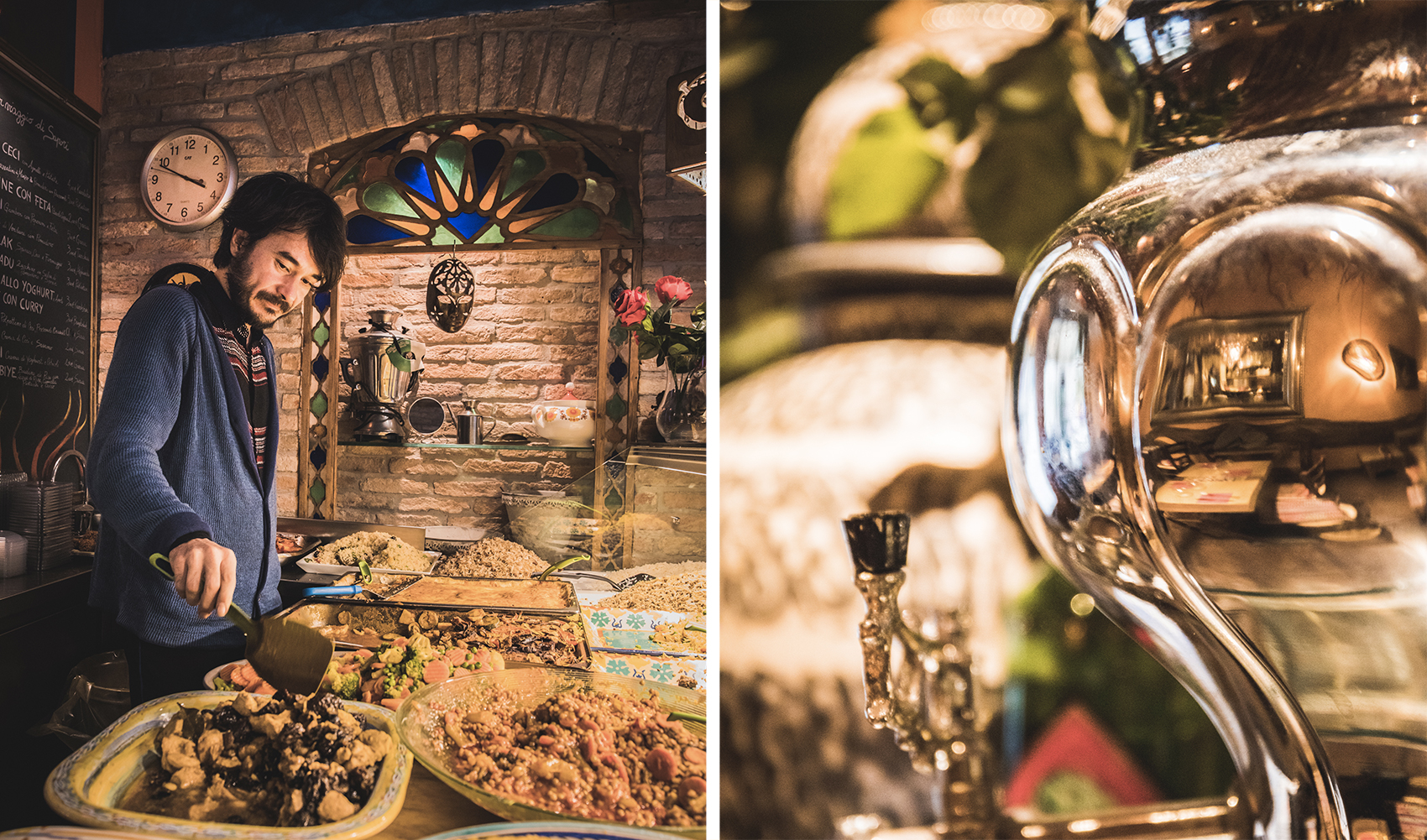
“We needed 20 thousand Euros to get started. We didn’t have that, so we went knocking on doors [in the center]. They all helped me as much as they could.”
“We started discussing what we should do. One of the fundamental elements [of any festival] is the food, and we wanted to cook ourselves. Everyone dug up one or two dishes and we came up with a list of 50 to 60 different plates in total,” Ahmadi recalls. “We obviously had to cut some things—such a large menu wasn’t feasible. Speaking among ourselves, the discourse of travel came forward as the subject that linked everything together. Many of these kids had a very long journey and had spent somewhere between 8,000 to 10,000 Euros, and crossed five to six borders illegally.”
WATCH: The Pizza Show: Rome
“Often times, because of the difficulty of crossing the border of because of the lack of money, these kids—between the ages of 15 and 16—would stop for a year in one country and live in the street,” he continues. “One of my fellow countrymen who’d just left Afghanistan found himself without any money in Iran, or in Turkey, or in Greece, and was obligated to work for a year and save enough money to make it to the next step. So we focused on those long journeys, on what these young people would eat in these places of passage—what they would cook in order to save money, all the plates they reinvented. For example, we’d revisit a typical Afghan recipe and use chicken instead of lamb because [the former] costs less. And in doing so, we [gave] a new identity to each plate.”

“People at the festival really liked the food, its flavor, the [combinations], and people started contacting me—even [people] from other cities—to [see] our menus.”
The concept of a menu inspired by so many journeys had worked. The success made Ahmadi feel that there was potential for a true business venture, capable of offering employment to him and the other center residents. In a place like Venice—which as historically been open to various influences and culture, and is a destination par excellence for international tourism—such a project could flourish.

“At the beginning of 2012, we found a spot near the Fondamenta della Misericordia,” Ahmadi says. “It was an unsuccessful kebab shop. To get started, we needed 20 thousand Euros. We didn’t have that, so we went knocking on the doors [in the center]. They all helped me as much s they could: One of the boys loaned me 2,000 dollars, another boy 500, another 1,000. We put the money together and the plan was [assembled]. Then, little by little, as we worked, we paid it all back.”
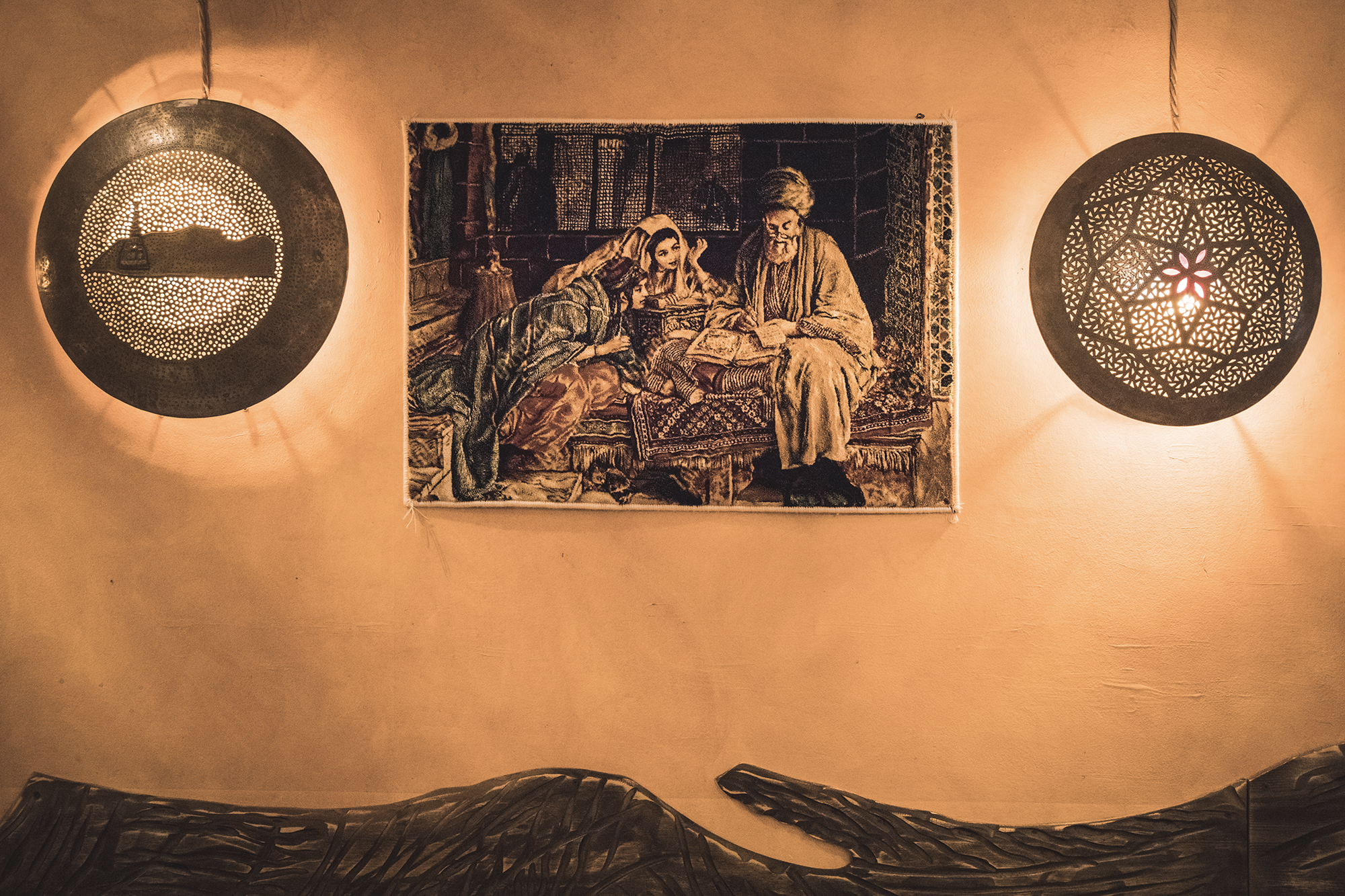
This is how Orient Experience was born, in the Cannaregio district in the north of city. It was a small deli at first, one that offered food originally from Afghanistan, Syria, and Iran, mixed with Greek and Turkish elements. “At the end of the first year, we organized a lot of cultural activities like concerts, events, and book presentations. Everyone—both the Venetians and the tourists— liked all of it,” Ahmadi recalls with pride. “We really wanted to make our story known. Even today it’s not easy work for us, but we feel a sense of duty to raise awareness about our experiences.”
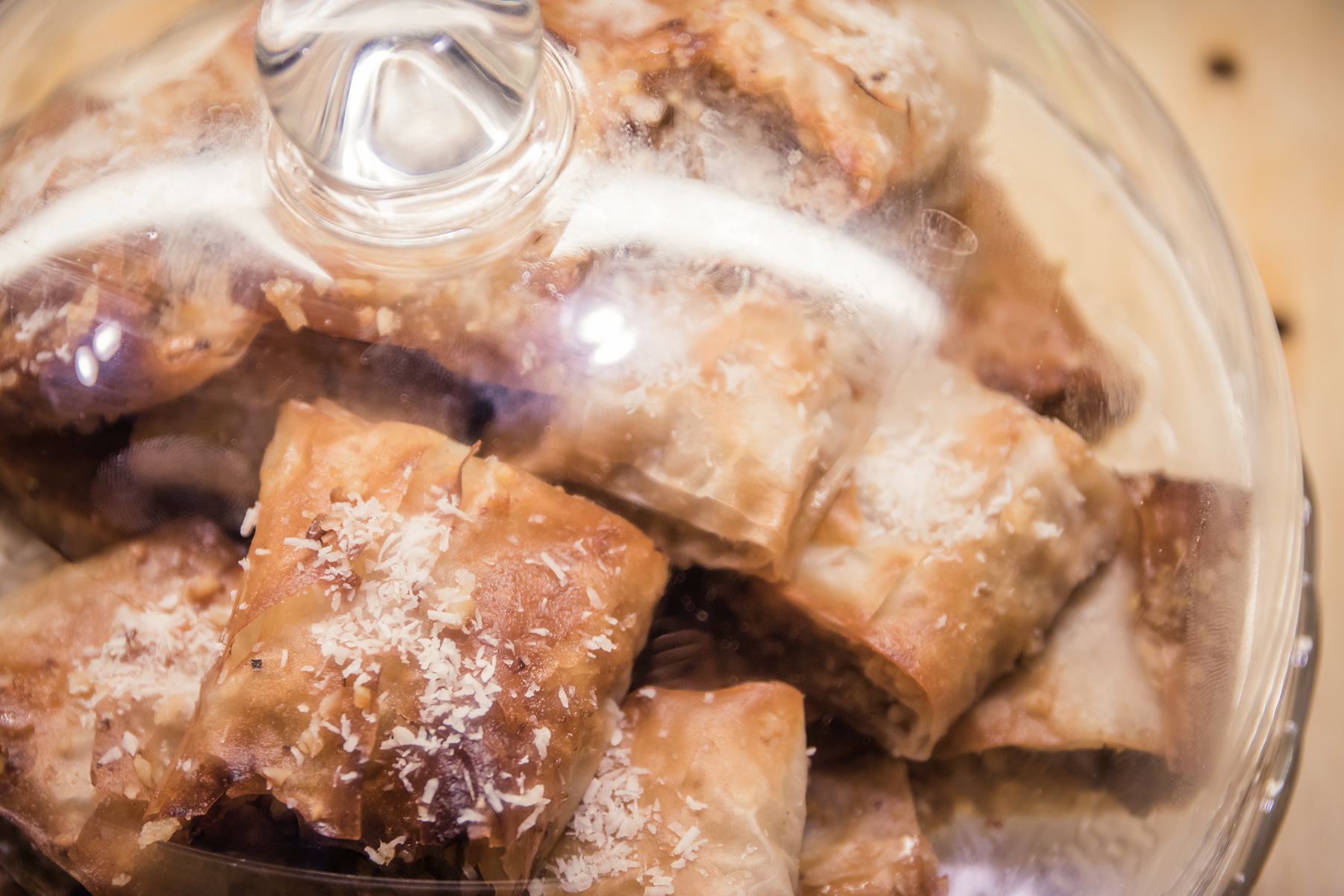
“The first restaurant went well. After a few months, we did the same thing with a former rotisserie deli in Campo Santa Margherita, which is how Orient Experience II was started,” Ahmadi says. The place is located in Venice’s Dorsoduro district, a large central courtyard that many students pass through on their way to the nearby University of Venice. The space had recently been expanded, and there was a proper restaurant in addition to the deli itself. Every aspect, from the menu to the decor, is perfectly executed.
Among the young people who work at Orient Experience II is Alì Rezai, who’s known Ahmadi since their time at the welcome center in Tessera, and who’s also one of the first backers of the original location in Cannaregio.
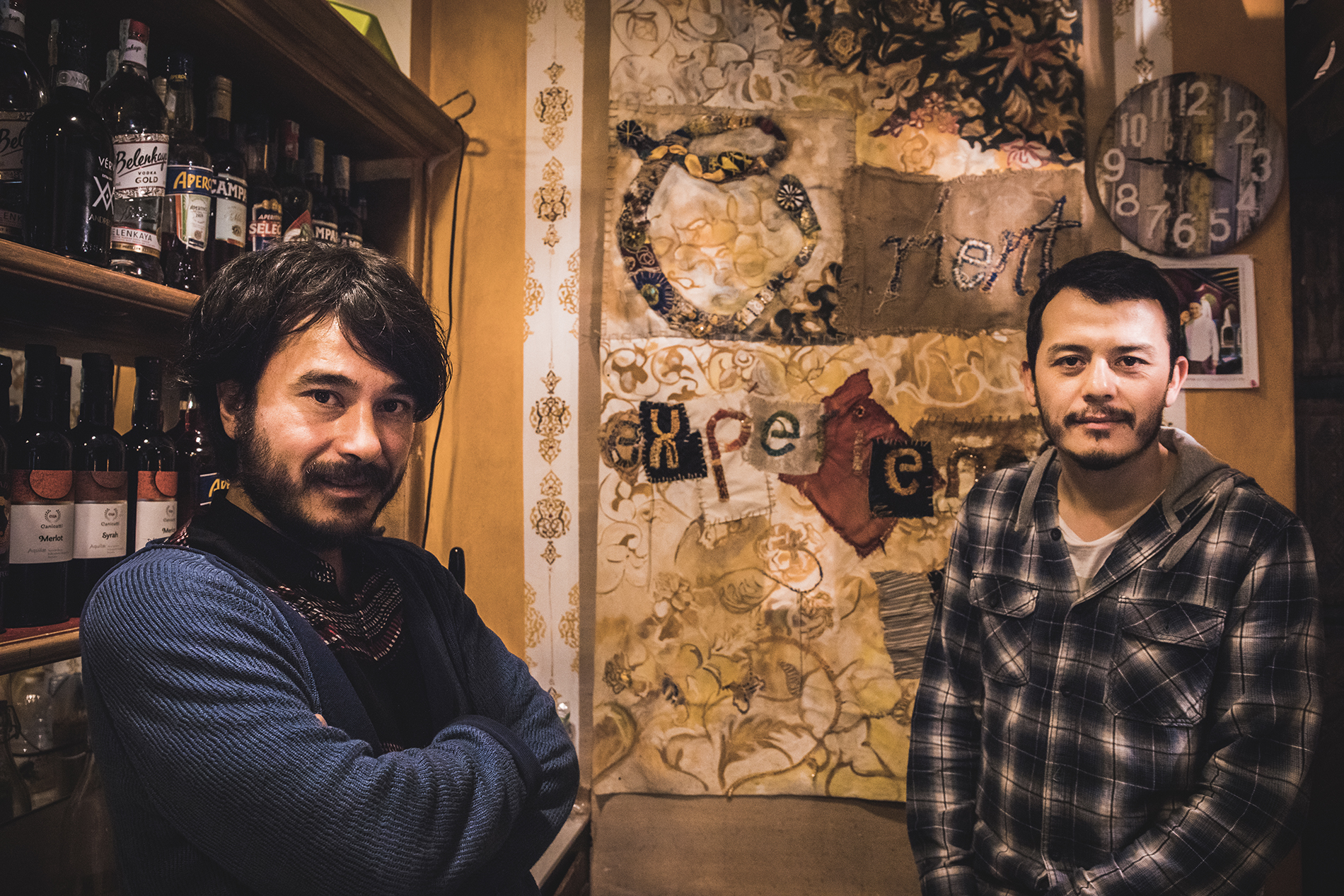
“Hamed and I met at the center where he was working as a mediator. I arrived in Italy in September 2008,” Rezai explains. “I’m Afghan, even if I’m not really familiar with Afghanistan. I was born and raised in Iran—a country where I never felt a sense of belonging. I was a member of the Shiite minority that’s persecuted in Afghanistan and so my father, [after being injured during his time in the military,] took the entire family to seek refuge in Iran. It’s a strongly nationalistic country. I actually only have an Afghan passport, not an Iranian one. There are fourth generation Afghan families that’ve never had citizenship. I decided to get out of there because I didn’t feel like I had a future.”
“I was a minor when I arrived here,” Rezai continues. “I followed the path that many others have, going to Turkey, then Greece; and from there, you can go north by crossing the Balkan countries and [heading into] Central Europe; or you can go by sea, which is what I did.”

“The boats that transport freight mostly leave from Patras [in Western Greece], and there are three or four main destinations in Italy: Trieste, Venice, Ancona, and Bari. Three or four boats leave each day. I hid myself under a truck—I tried over and over again until I did it, seeing that there is so much security.”

“It took me 11 months to arrive in Italy. I was 16 years old when I left. I had barely arrived when I was turned over to the police headquarters in Marghera district. At first I’d wanted to go to England. I have a sister who was married many years ago and she lives here, but I liked Italy, and I was tired after such an exhausting journey. That’s why I stopped in Venice.”

Rezai, who’s been involved with the menu project since the very beginning, worked for a year and a half as an employee of Orient Experience II before deciding to go into business. “This idea attracted me right away—it was a way to talk about our experiences,” he begins. “They say that we started with nothing, but many of us started with far less than nothing. You don’t have anything: You don’t have the language, the knowledge, the culture, you need to learn all of those things. I was lucky to meet good people here, like Adriano, an Italian teacher who does volunteer work. He became a spirit-father for me. He’s helped a lot of kids, who started as trainees like us, and many went on to become owners. It’s a thing that gives us much satisfaction and it gives all the others encouragement, as well as hope.”
Born from the idea of having a common point of reference for many of the teenagers who’d arrived in Venice in recent years, Ahmadi’s new restaurant, Africa Experience, opened last year. The format is the same as his other locations, but the menu focuses on different regional dishes from across the continent. All of the employees are residents in the Venice’s refugee centers. Some were even selected through a competition called “Refugees Masterchef,” in which each competitor proposes a dish from their own country.
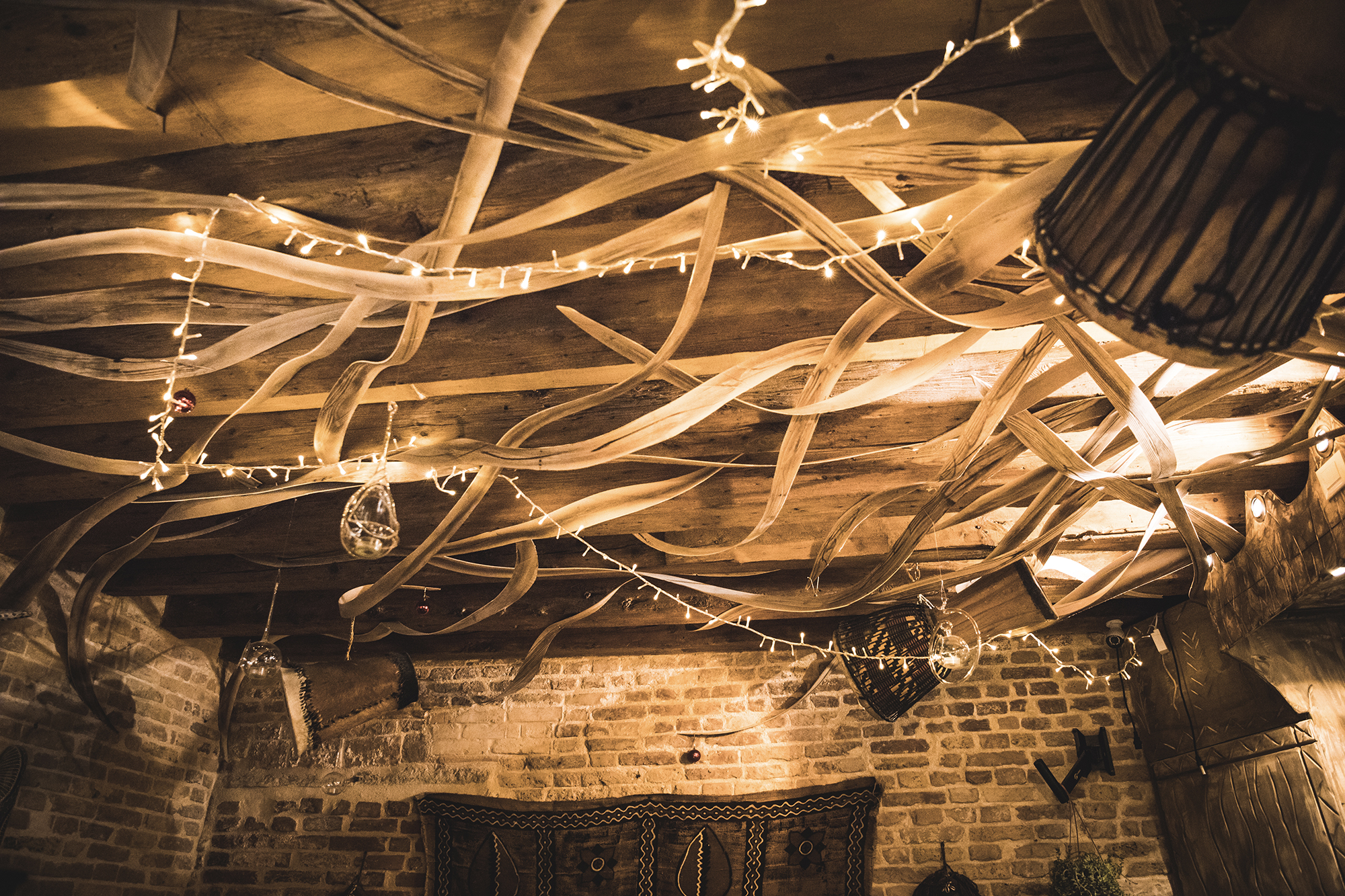
Ahmadi explains. “The kids who are in these welcome centers are putting themselves on the line. They know they can get an internship and eventually find a position, so a lot of them [participate in the competition]. As of today, we’ve [held] the competition four times. The last time was on November 29, 2017, and we’re having another one [this month] in Padua. Usually we strike a deal with some cooking school—they have the equipment, the teachers; maybe they’ll leave us a classroom or two, and a nice, diverse environment emerges, between the kids from the center and those from the school who collaborate together. It’s very nice.”
Among the owners of the new restaurant is Mandana, an Iranian woman whose experience is different from that of the kids residing in the welcome centers.
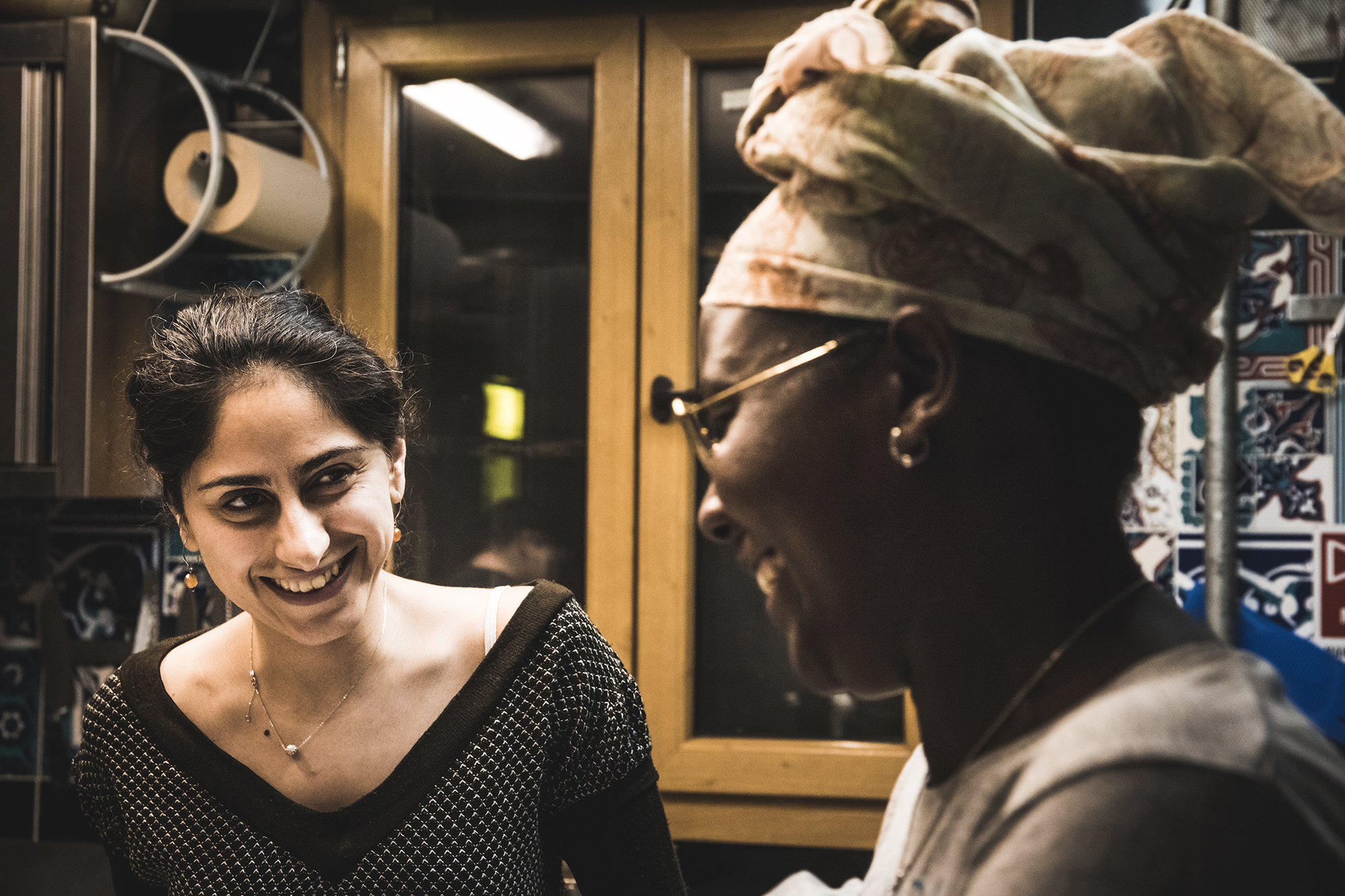
“I arrived in Italy five years ago,” Mandana explains, “Because I got a fellowship to study, to do a doctorate in environmental science. Unfortunately, I wasn’t able to find work in my field. I knew Hamed—I’d seen him a few times when I would eat at his shop in Cannaregio. I was trying to figure out how to stay here, and I thought about asking him for advice. He told me about the Africa Experience project. It seemed like a great idea, and I suggested that I become his [business] partner. He accepted, and that’s how we got started.”
Africa Experience officially opened in November 2016. “People from different countries work here,” Mandana explains. “One of the boys is now our cook—he’s from Ethiopia and he’s really great. Altogether, there are eight to 10 people who work here. The menu has dishes from different countries of origin, like Egypt, Gambia, Senegal, and Nigeria.”

Ahmadi’s large family continues to expand. There are four active locations in Venice, and another one, called Peace&Spice, opened in the nearby city of Padua last October, which adheres to the same menu formula. There’s also Orient Experience III, which was opened by an Afghan owner in Kabul back in 2014. Ahmadi has never visited it—being a political refugee, he can’t go back to Afghanistan. However, thanks to familial reunification, he’s transferred part of his family to Italy. The most recent arrival is his 12-year-old sister.
READ MORE: Your Favorite Indian Takeout was Invented by a Refugee Fleeing Pakistan
“Even the location in Padua is doing well,” Ahmadi says, “And that’s encouraged us to go to Milan. We’re taking action. And even for Catania and Bari, we’re currently in talks.” Young immigrants and asylum-seekers will work there, but not solely. “We’re focusing on that, on all our experience from [life in] the welcome centers. But there’s also Italian kids who work with us, and people like Mandana who never sought asylum but who emigrated simply for other reasons. Now, we have 14 partners, and in total there’s about 50 of us in different locations. But above all, we’re a group of friends from all over the world who work together.”

